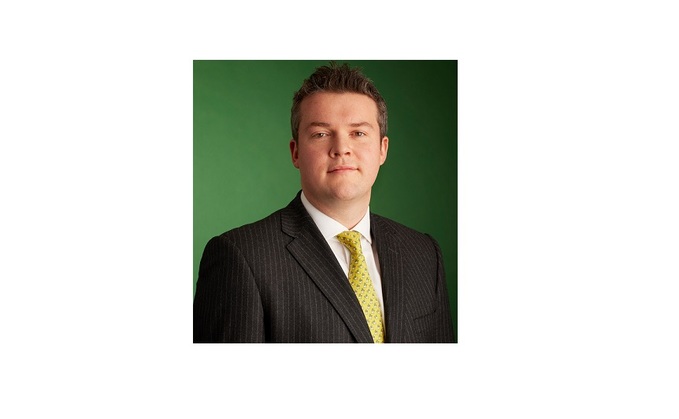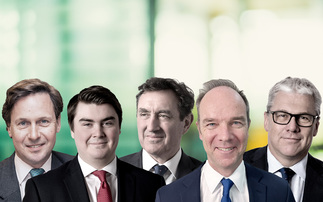
Can you give a brief overview of your strategy in terms of what you are trying to achieve for investors, your investment process and the make-up of the investment team?
The Ruffer investment strategy has two simple, steadfast objectives: firstly, not to lose money in any 12 month rolling period and secondly, to achieve positive returns in all market conditions. Our aim is to build an ‘all-weather' portfolio of assets that will enable us to deliver on our objectives regardless of what is happening in the markets or the economy.
There are many funds in the market that offer the illusion of diversification and a differentiated process - Ruffer is genuinely different for 2 reasons:
1) Our track record shows that we have successfully achieved our objectives for 27 years with a low correlation to the major asset classes.
2) Our absolute return, un-benchmarked, all-weather approach is a very different starting point for portfolio construction than most conventional strategies.
Ruffer is recognised as a successful bear market operator due to the fact we have delivered positive returns in each of the three major bear markets since the firm began. However, we have also delivered good returns in bull markets with an annualised return of 9% net of fees and with a maximum drawdown of less than 10%.
The senior investment leadership at Ruffer has been consistent for a long time. The founder Jonathan Ruffer and our CIO Henry Maxey have led the investment team for almost twenty years. The group of senior fund managers who support them have worked together for a decade and are all partners in the firm.
The Ruffer Diversified Return Fund was launched in September 2021 and offers investors a liquid, daily dealing vehicle which is available across the platform market and has current assets in excess of £330m. The fund is managed by Duncan MacInnes and Ian Rees.
How are you positioning your portfolio for 2022 and what will be key issues for investors?
We think conventional portfolios are vulnerable. Expected returns are low across the board and cross-asset class correlation have increased. Investors aren't as diversified as they might think. In particular, this will mean investors will have to seek alternatives to traditional fixed income allocations. The arguments in favour of holding conventional bonds (stable income, protection and diversification) we think are no longer valid.
From the start of 2022 to date, conventional portfolios have had to deal with both stocks and bonds falling at the same time, causing investors significant pain. Risky assets and safe assets have declined in unison. In contrast our strategy is up more than 3%.
So how are Ruffer positioned - a few short hand rules
- To protect against inflation move from nominal assets to real assets.
- To avoid crowding, correlation, overvaluation and flow driven bubbles rotate from conventional assets to unconventional assets - the less your portfolio looks like the benchmark the better
- Investors need to be more tactical and less strategic - that means being more nimble than in the past. Firstly to benefit from an increase in volatility in the new investment regime and secondly because if returns aren't going to be there from a buy and hold approach that means investors need to manufacture them some other way.
Can you identify a couple of key investment opportunities for your fund you are playing at the moment in the portfolio? This could be at a stock, sector or thematic level.
We are known for being creative on the protective side of the portfolio. We call it our unconventional toolkit. Back in 2008 we owned long-dated Swiss bonds and Japanese Yen. In March 2020 it was equity put options, volatility call options and credit default swaps. Later in 2020 we used bitcoin as an inflation hedge. So far this year we have been using interest rate hedges called payer swaptions - these rise in value as bond yields rise - which allows our portfolio to be up when bonds and equities are both down. Being able to dynamically adjust the exposure to changes in interest rates has been vital.
For the rest of the year perhaps credit protection is the most exciting hedge. We are positioned to benefit from rising corporate borrowing costs, effectively we are short corporate bonds. What is attractive is that credit markets are priced near all-time highs and we can be confident the assets we hold will be negatively correlated to risk assets in a market sell-off.
On the growth side of the portfolio we still think in a world of rising interest rates and stimulated economic growth that being long GDP sensitive, energy and financial stocks makes sense as the best way to capture the continuation of the value rotation.
Click here to learn more about Ruffer.
This post was funded by Ruffer.














